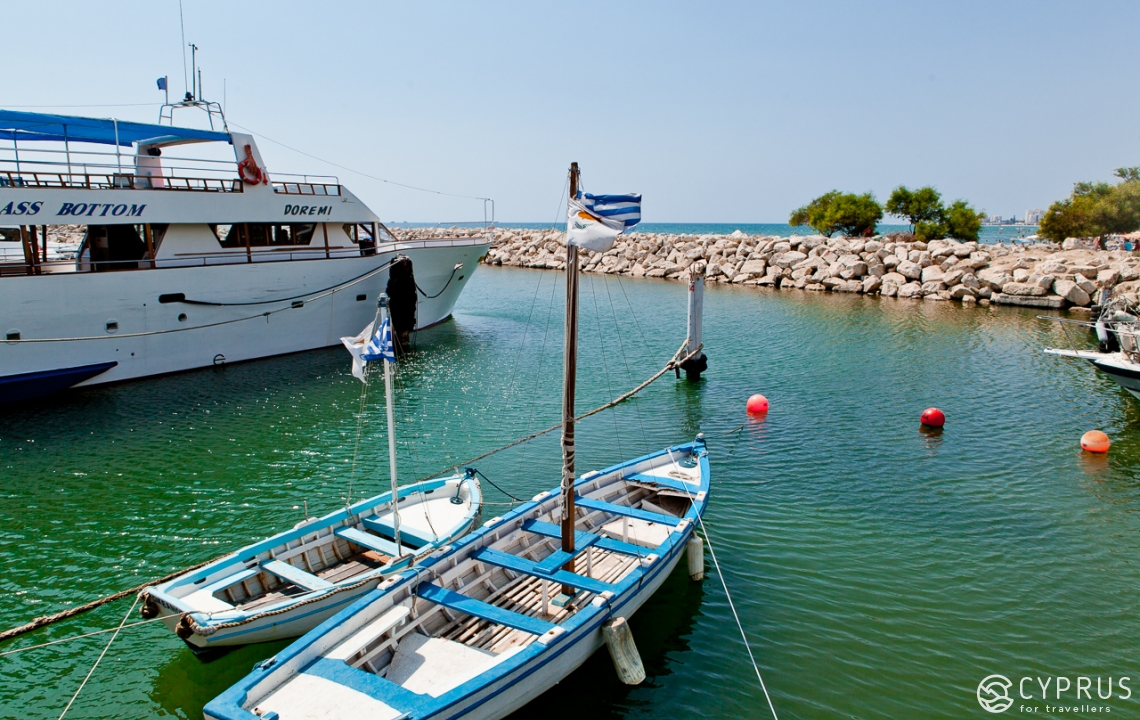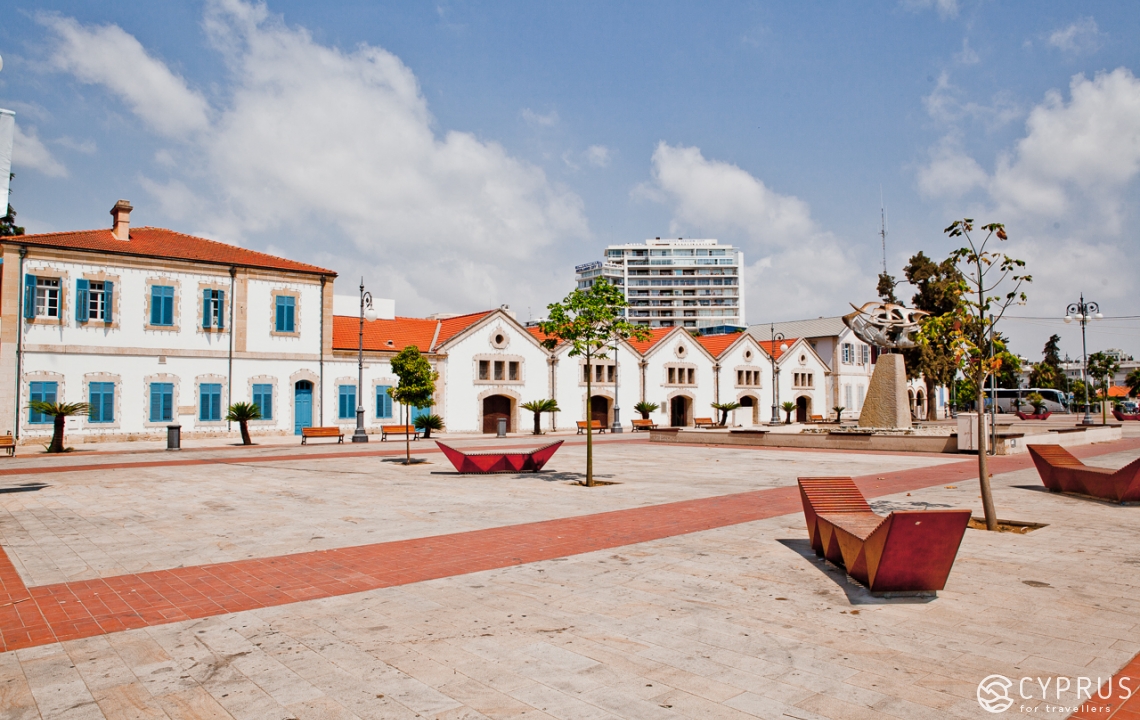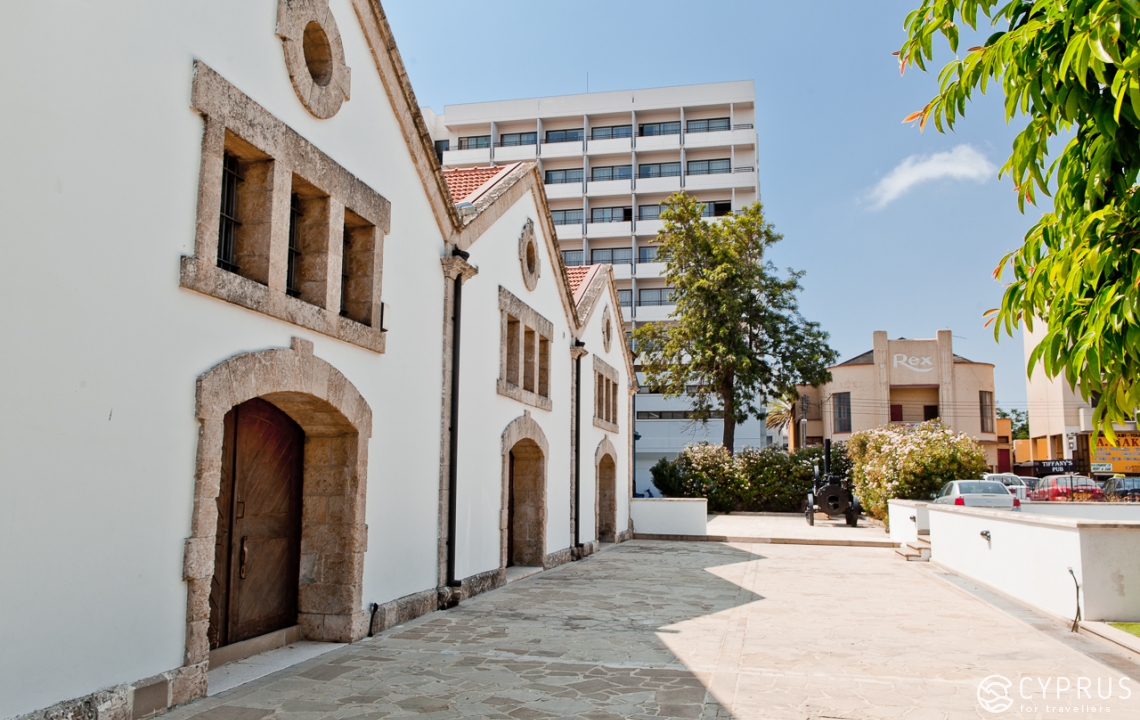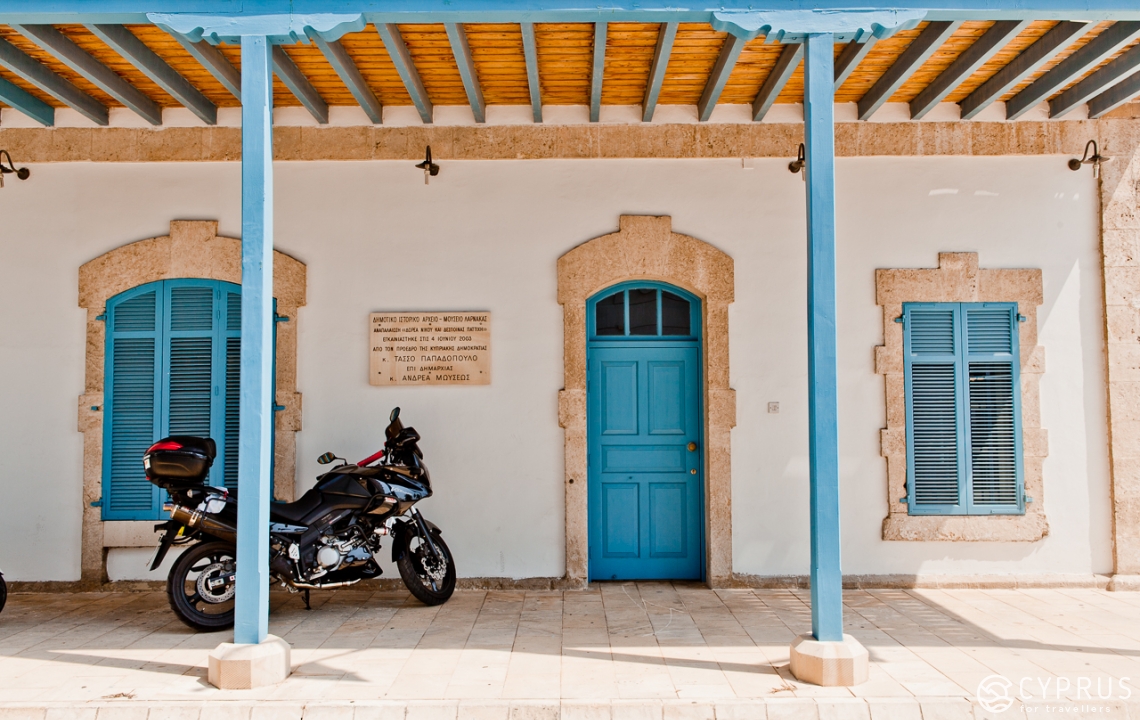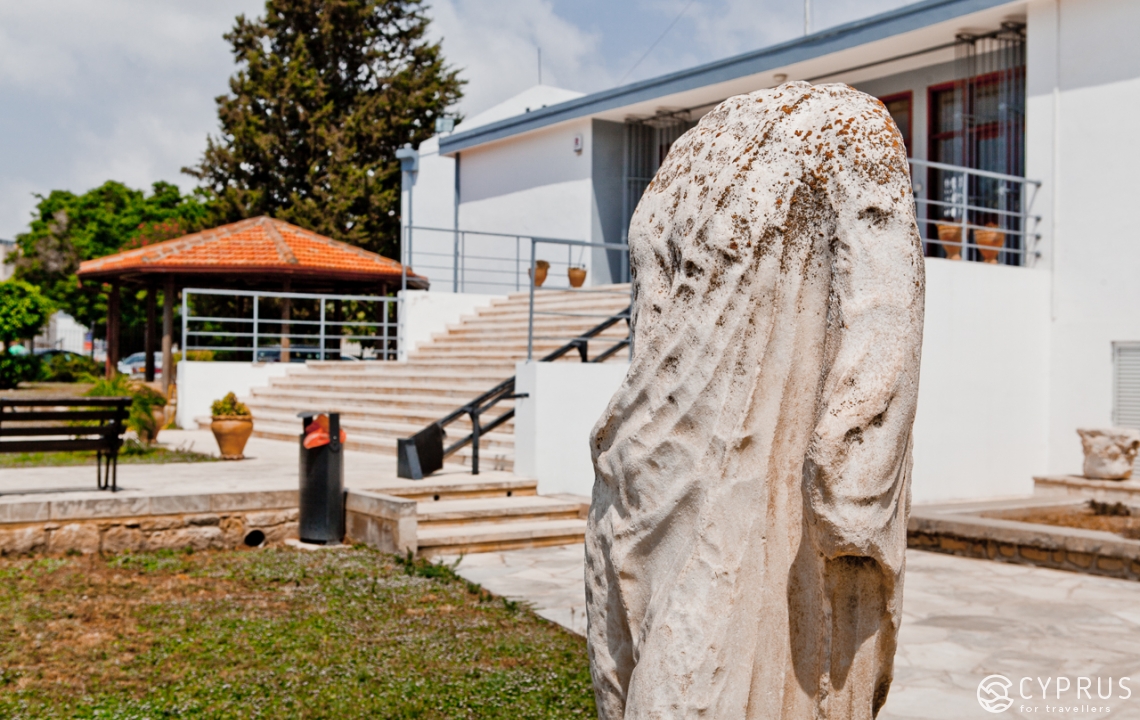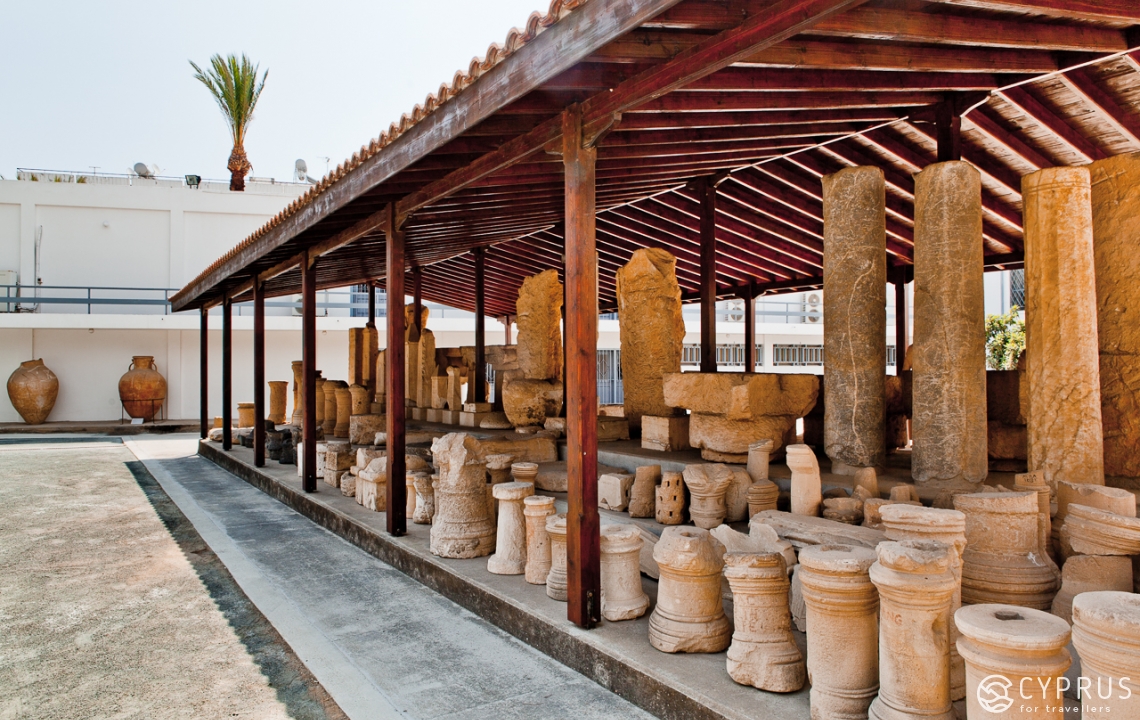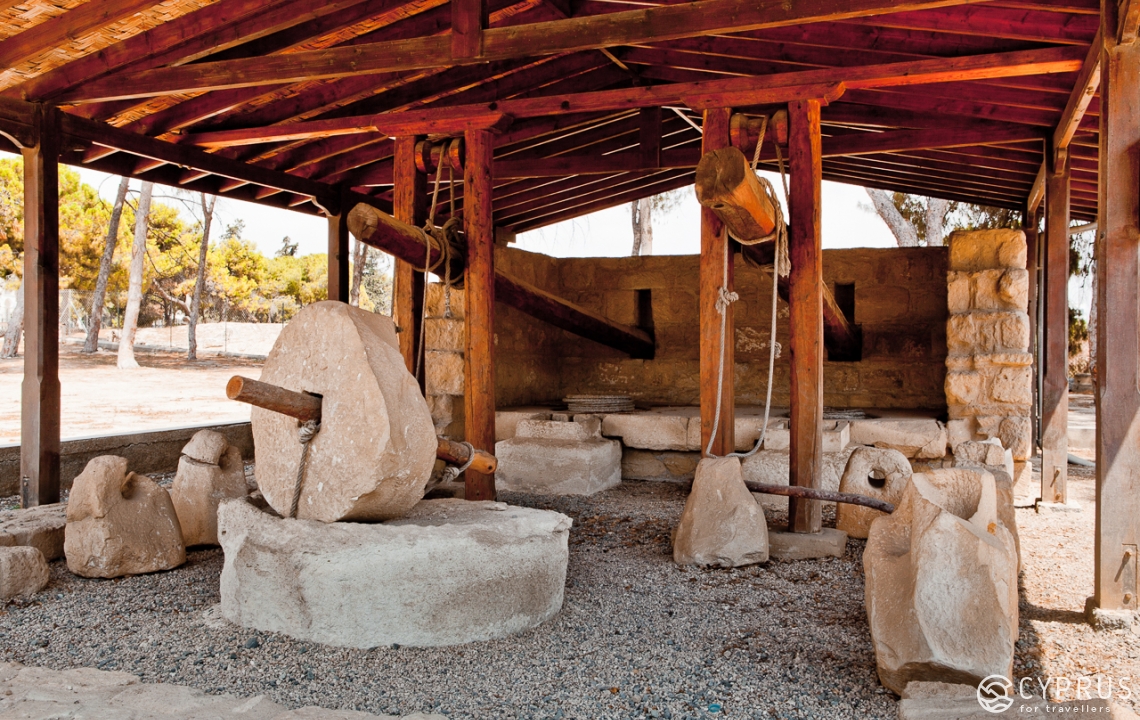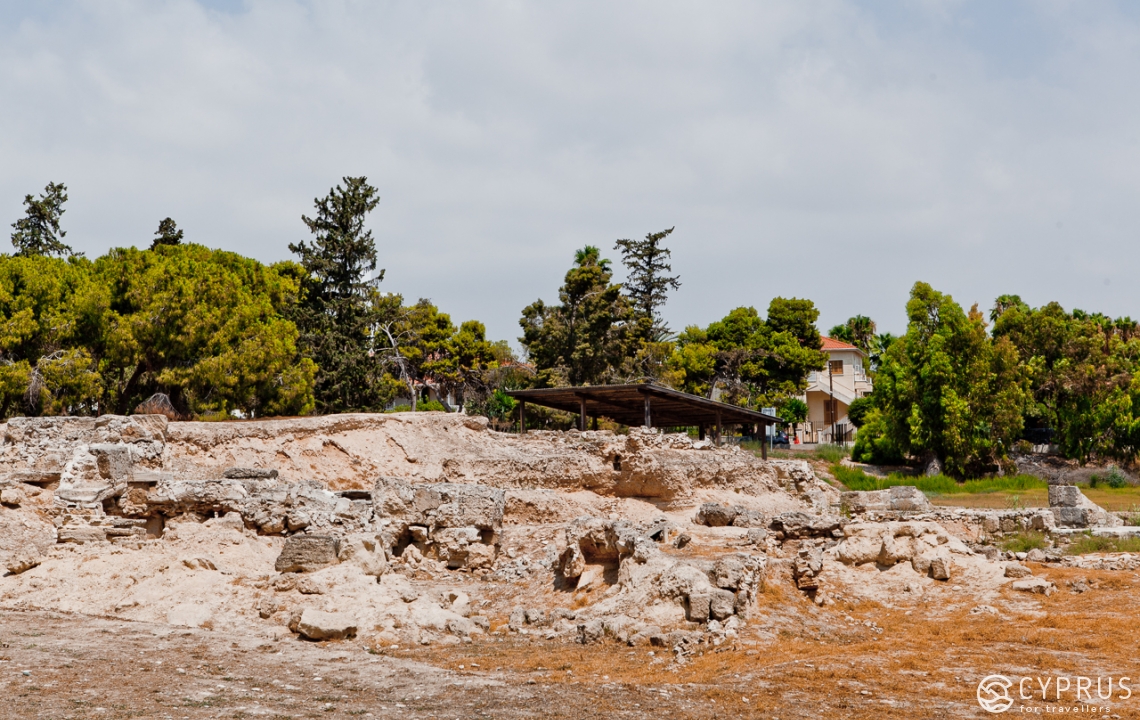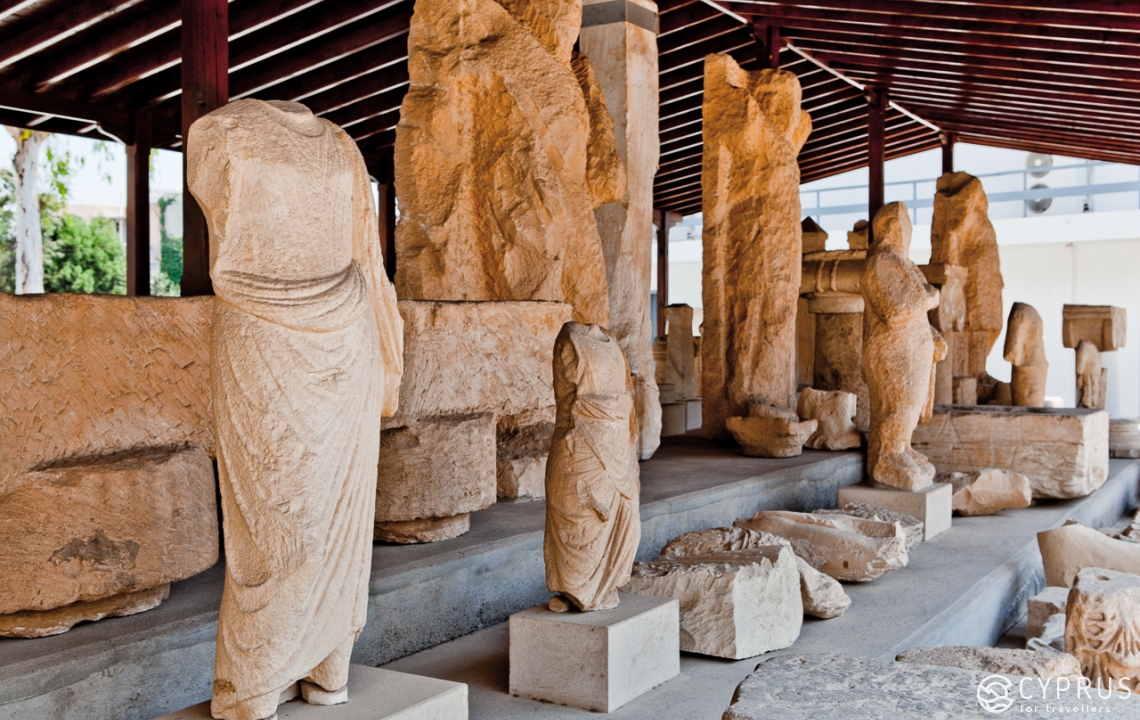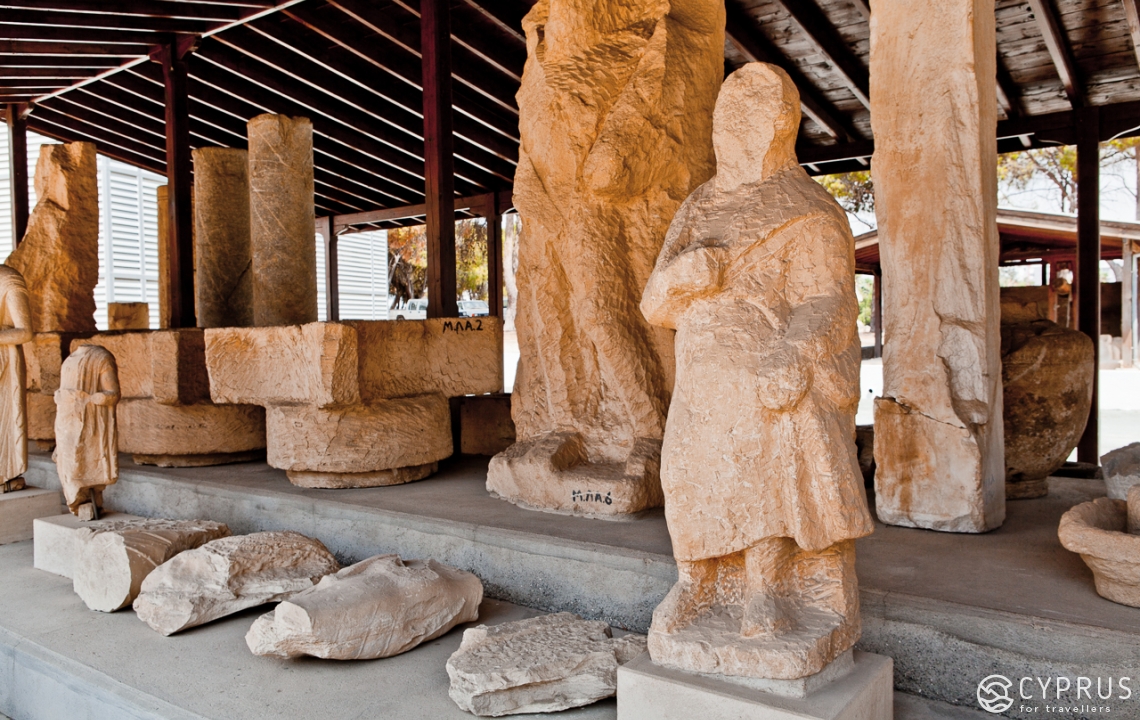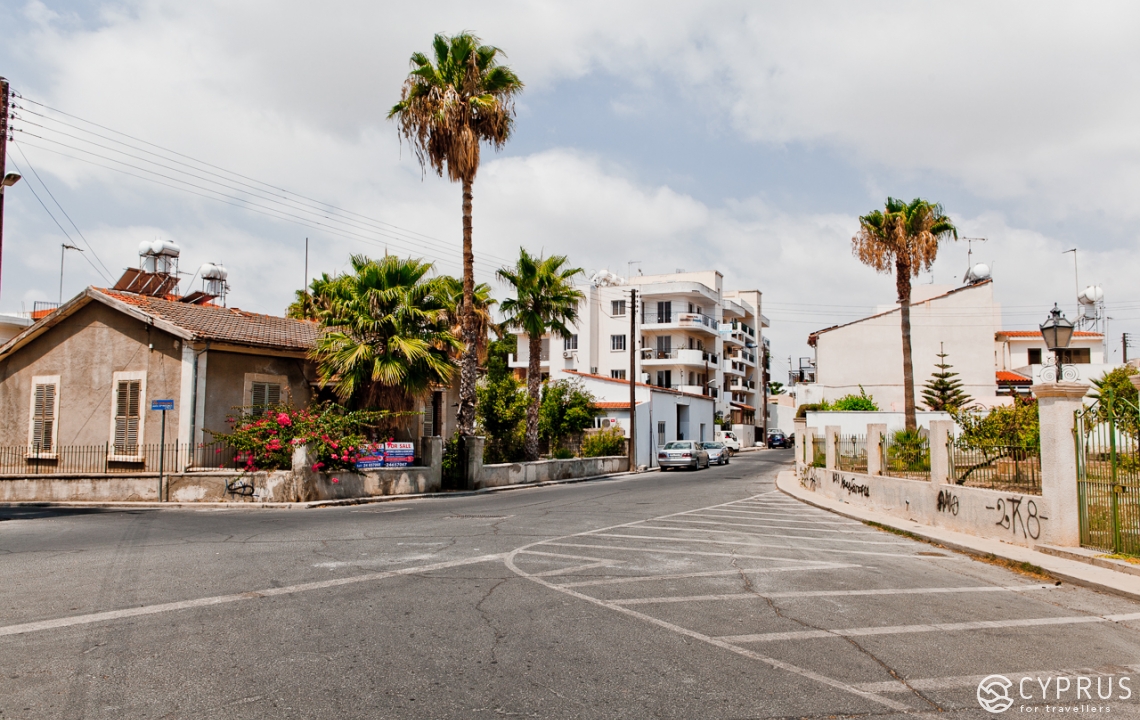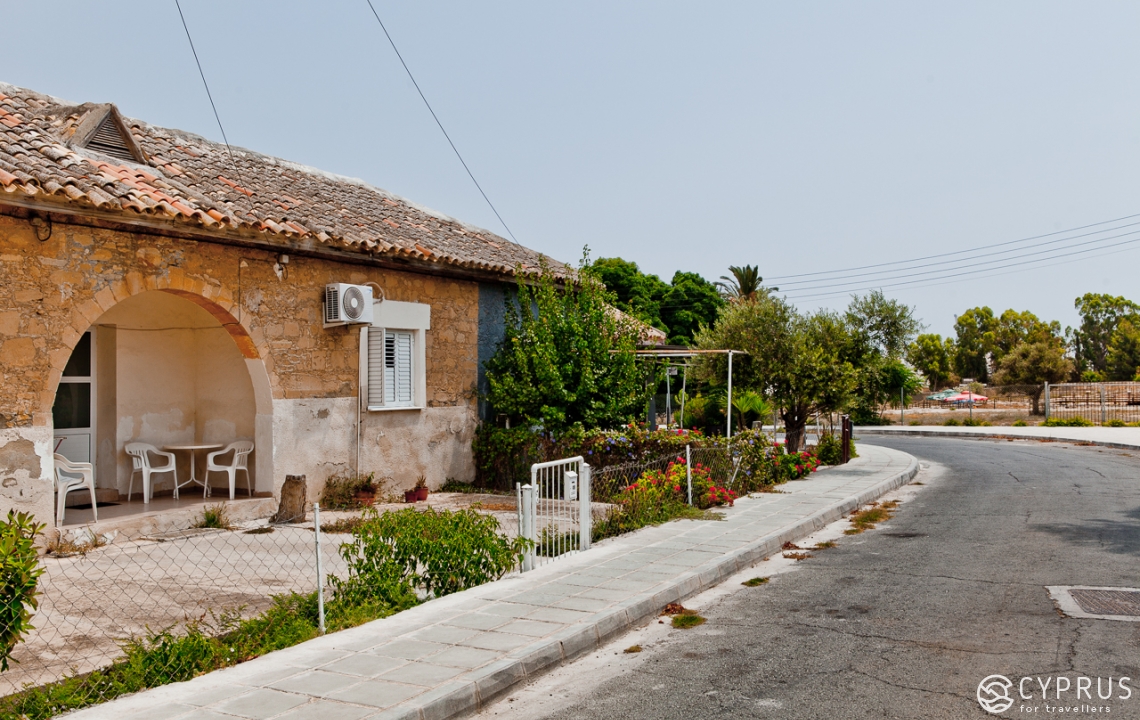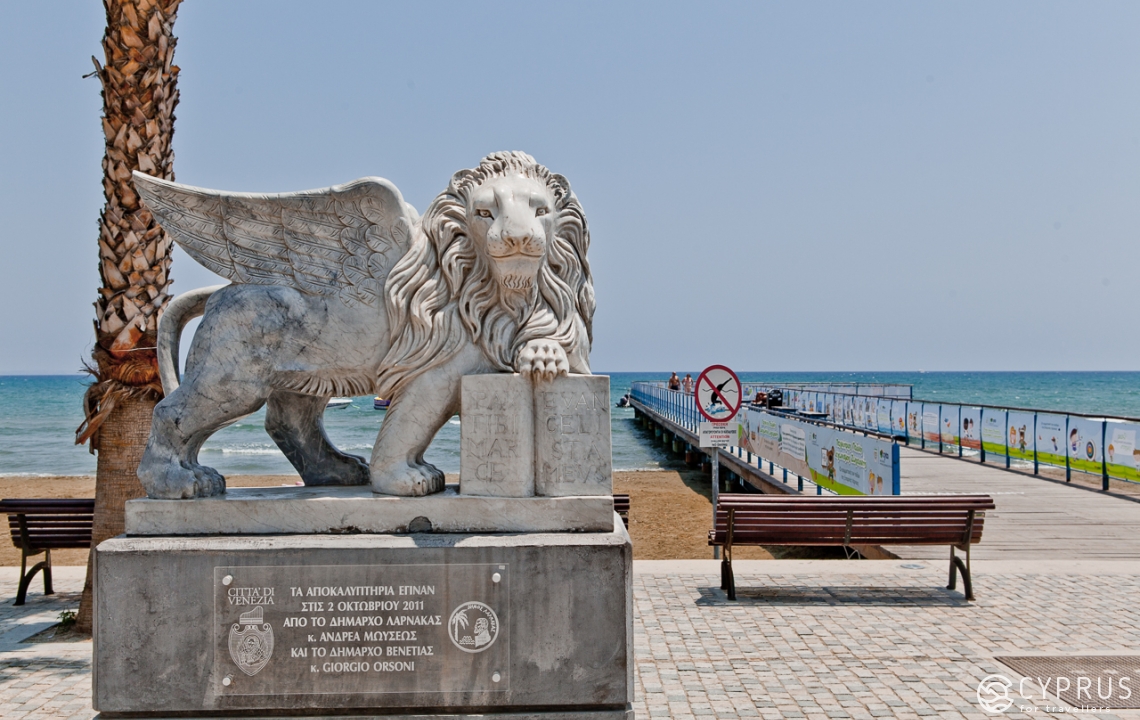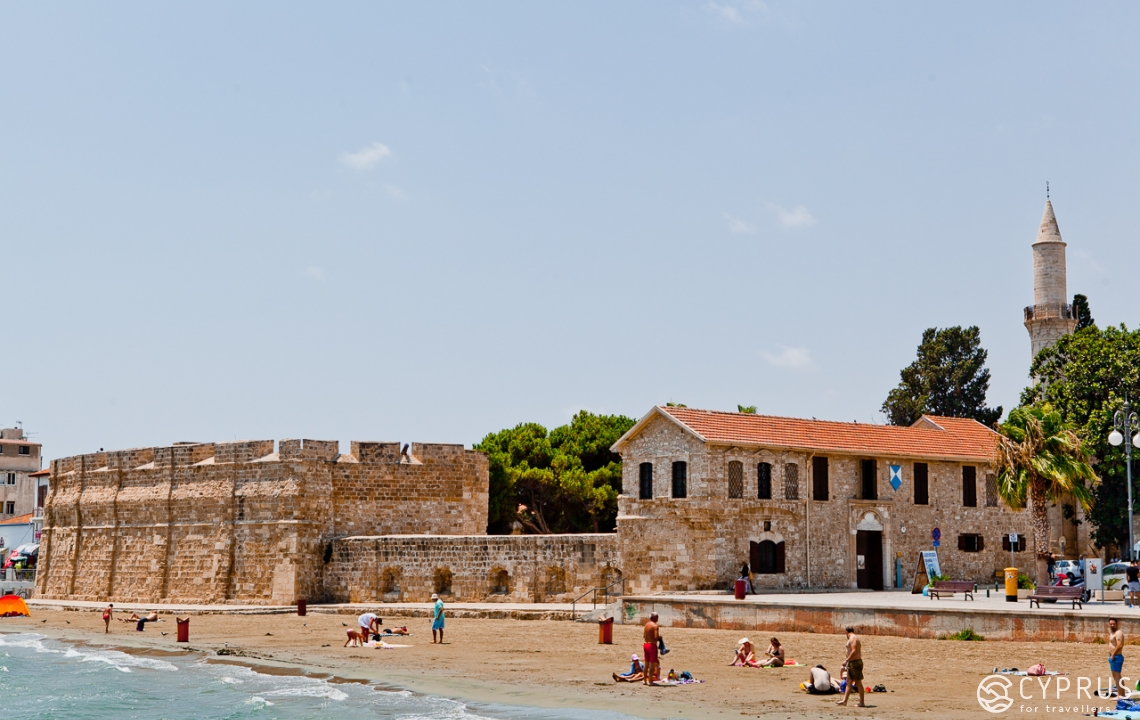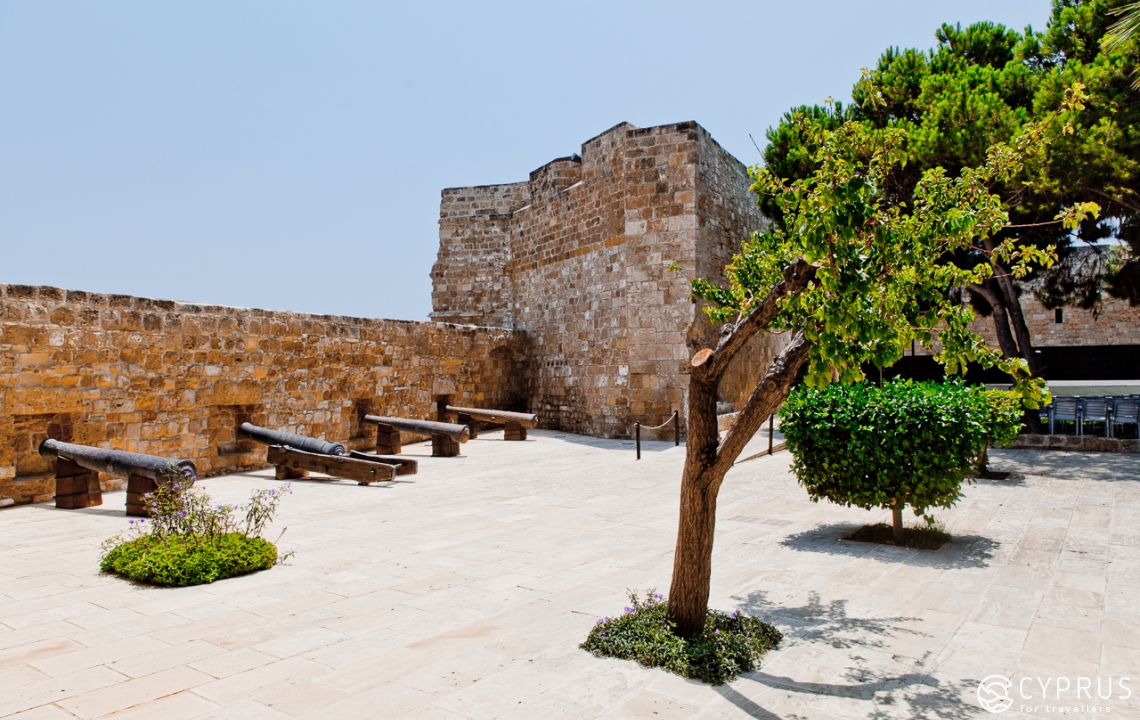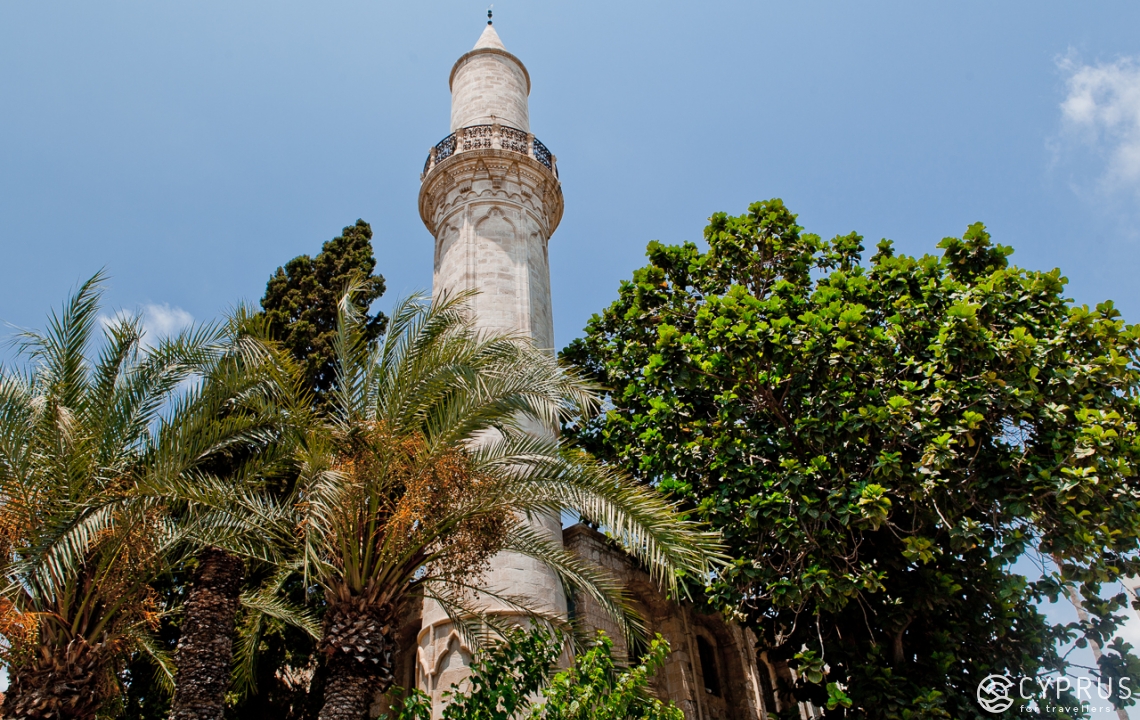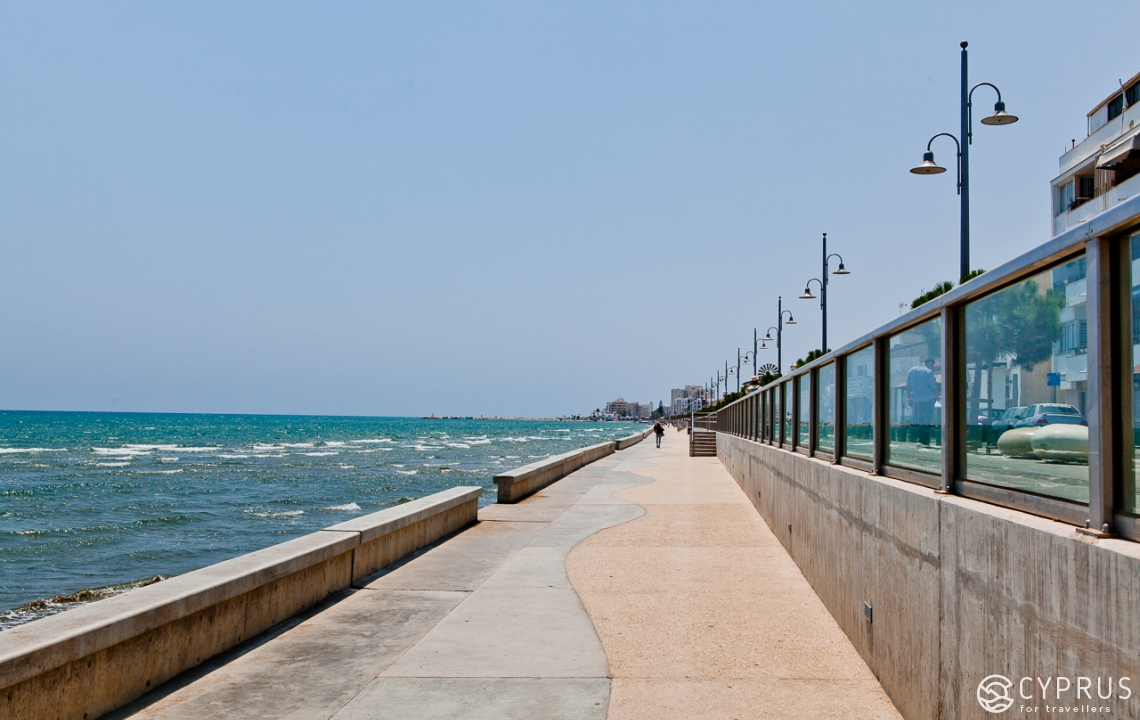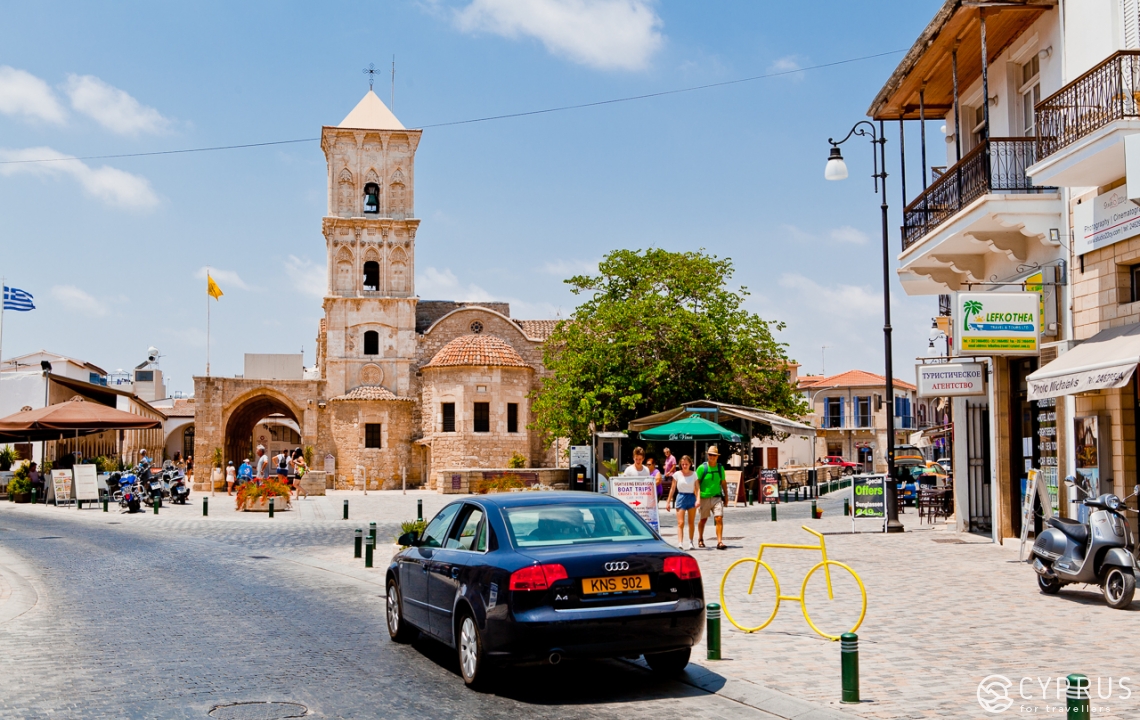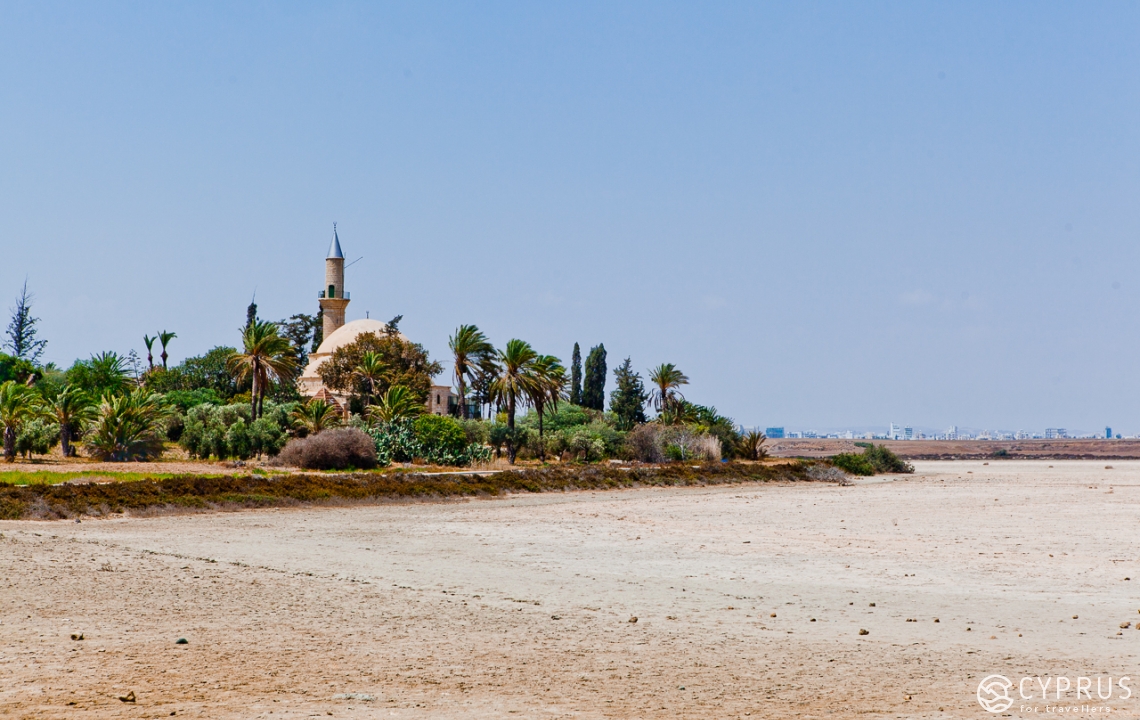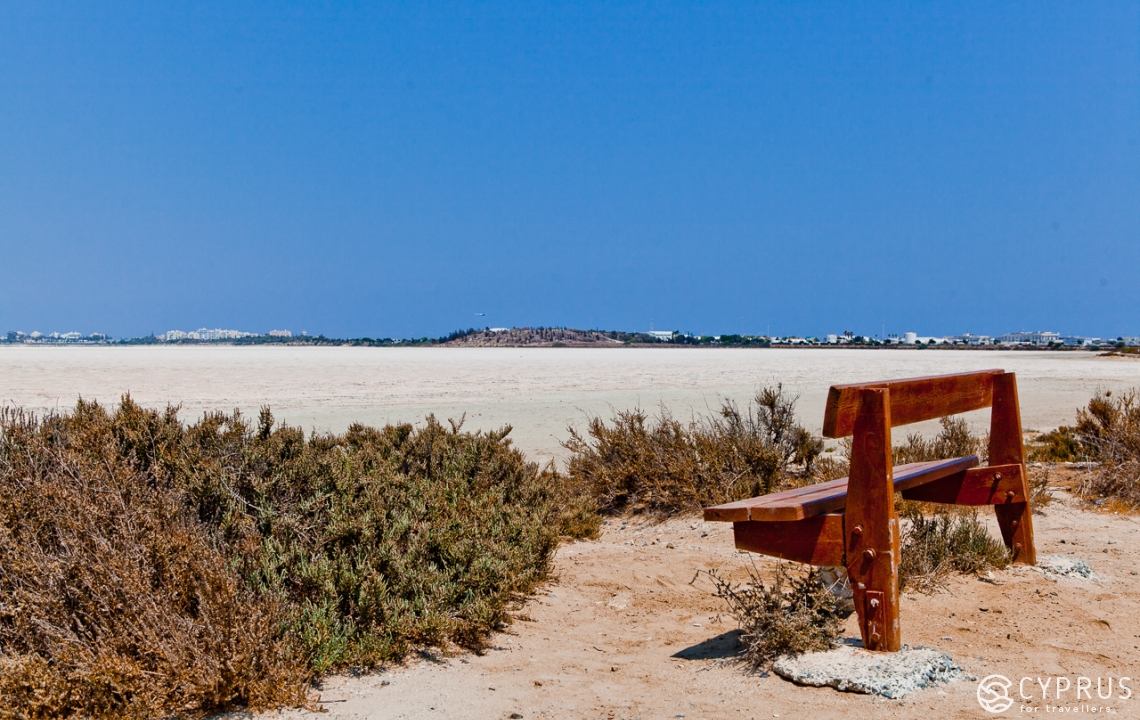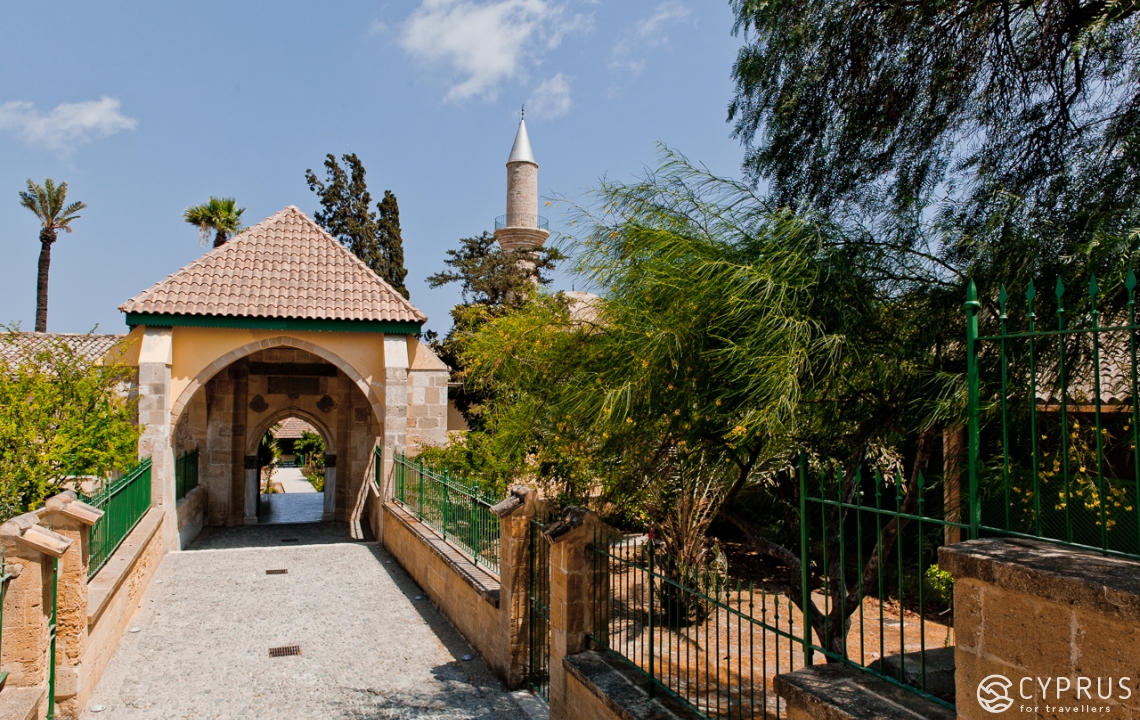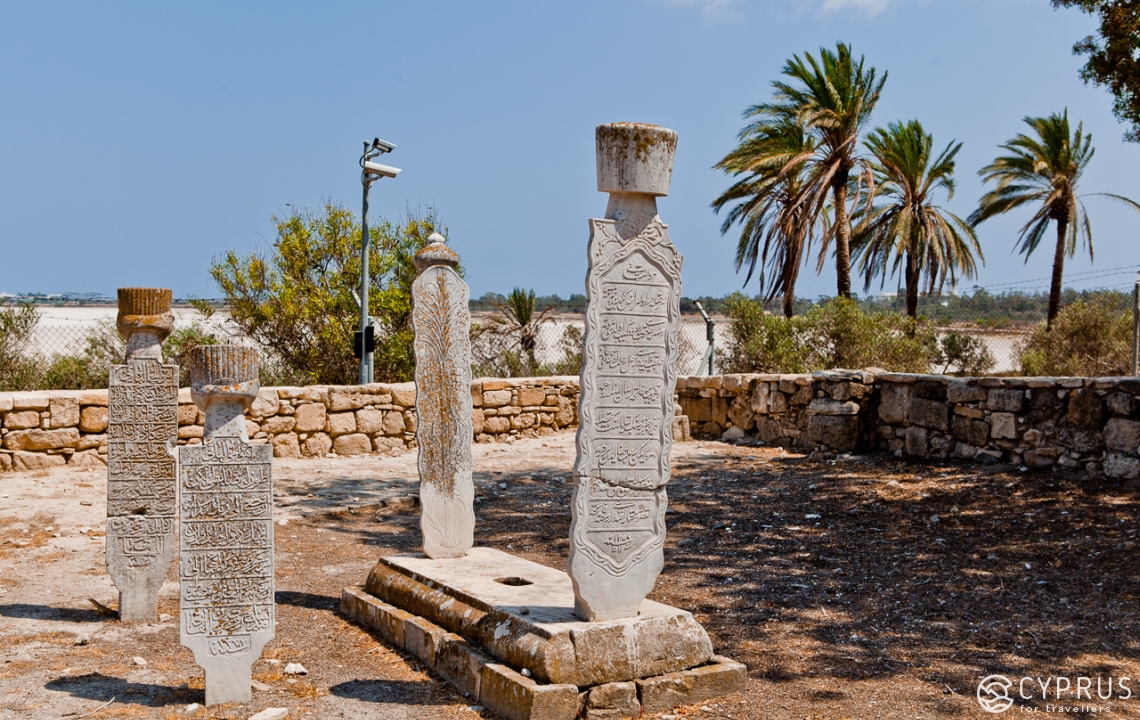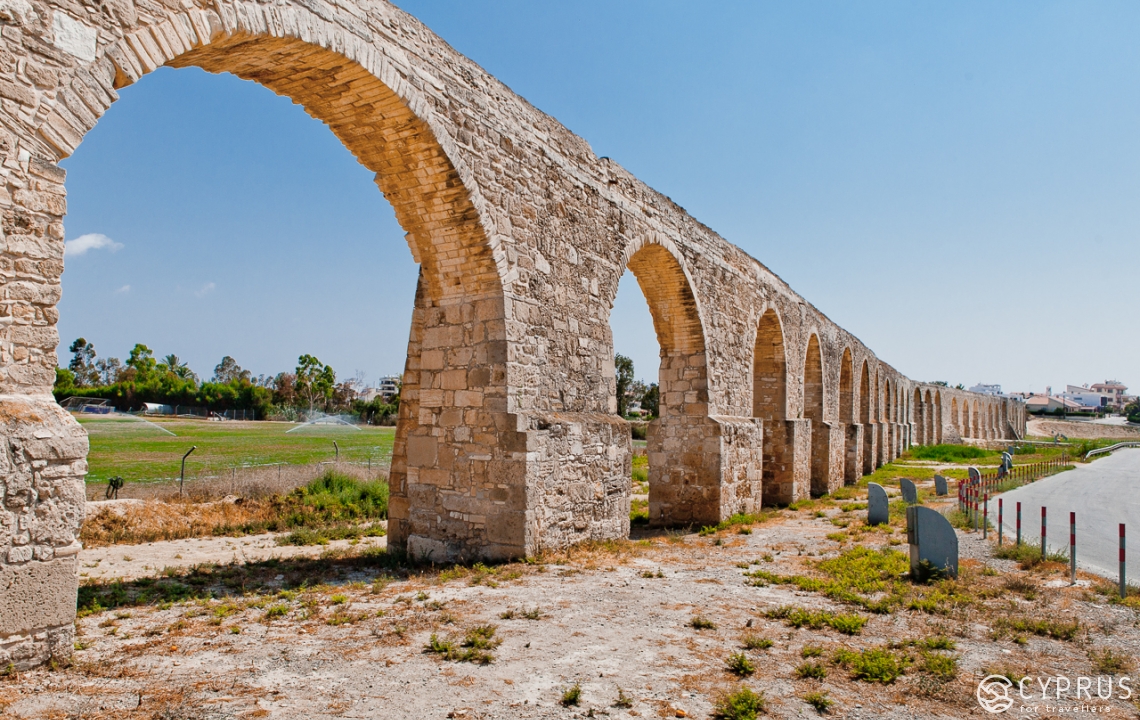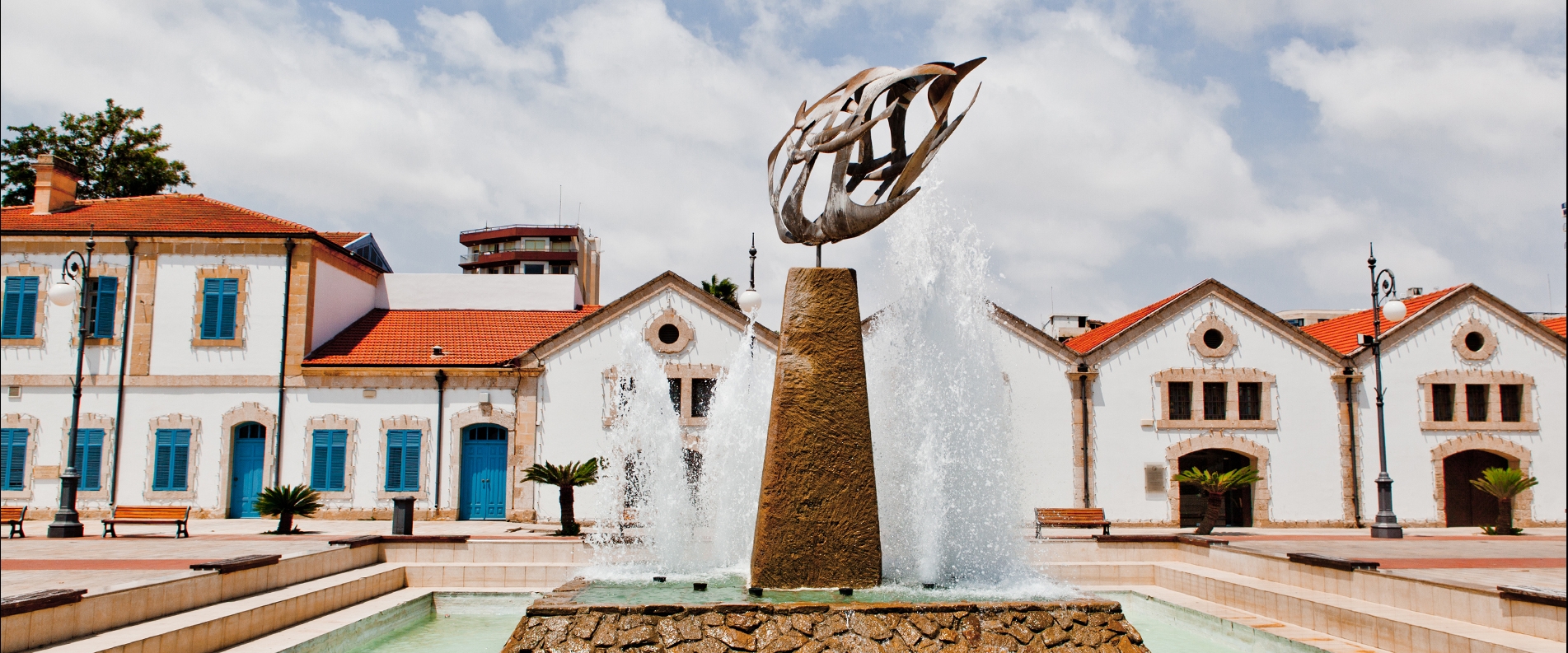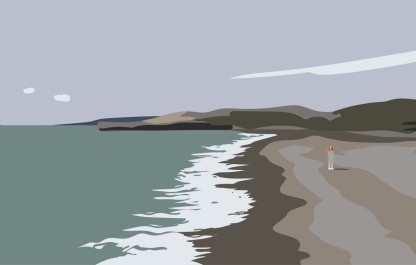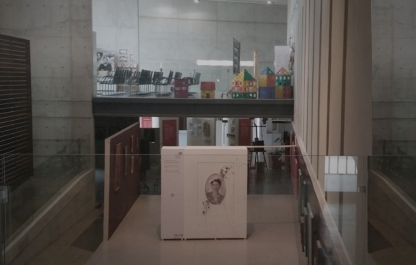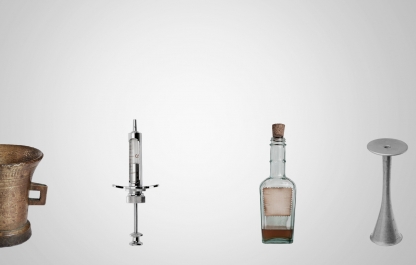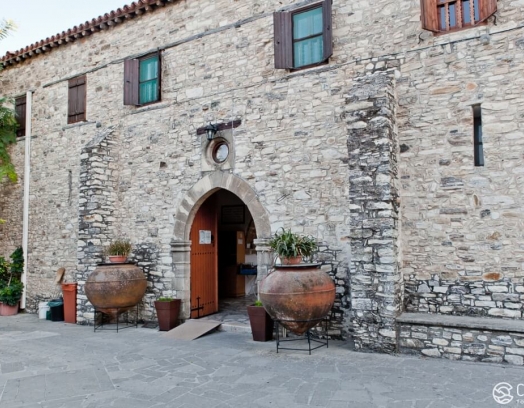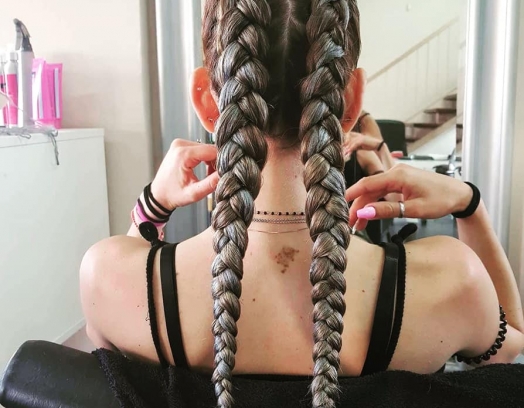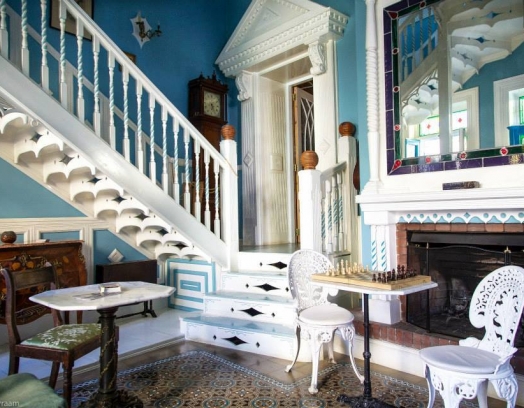For many people coming to Cyprus, Larnaca is their first stop, since it is also the location of the international airport. Even if you come here to enjoy beach life, there will come a day when you’ve had enough of the sea and want to finally explore the city with its rich history and numerous historical monuments and sightseeing spots.
We have devised two sightseeing routes of the city, which you can follow either by foot or by car. These routes are good for families and people who are short on time.
-
The first option is best for those who prefer a slow pace and like to walk. It includes: Kition and the Archeological Museum – Marina – Finikoudes beach – Church of St. Lazarus and the Old Town – Larnaca Castle – new pedestrian promenade – Mackenzie Beach
For those who want to explore the city by car and cover more ground quickly, we have devised the following route: Kition – Marina – Finikoudes – Church of St. Lazarus Square – Larnaca Castle – Church of Chrysopolitissa – Larnaca Salt lake and Hala Sultan Tekke Mosque – Kameres Aqueduct
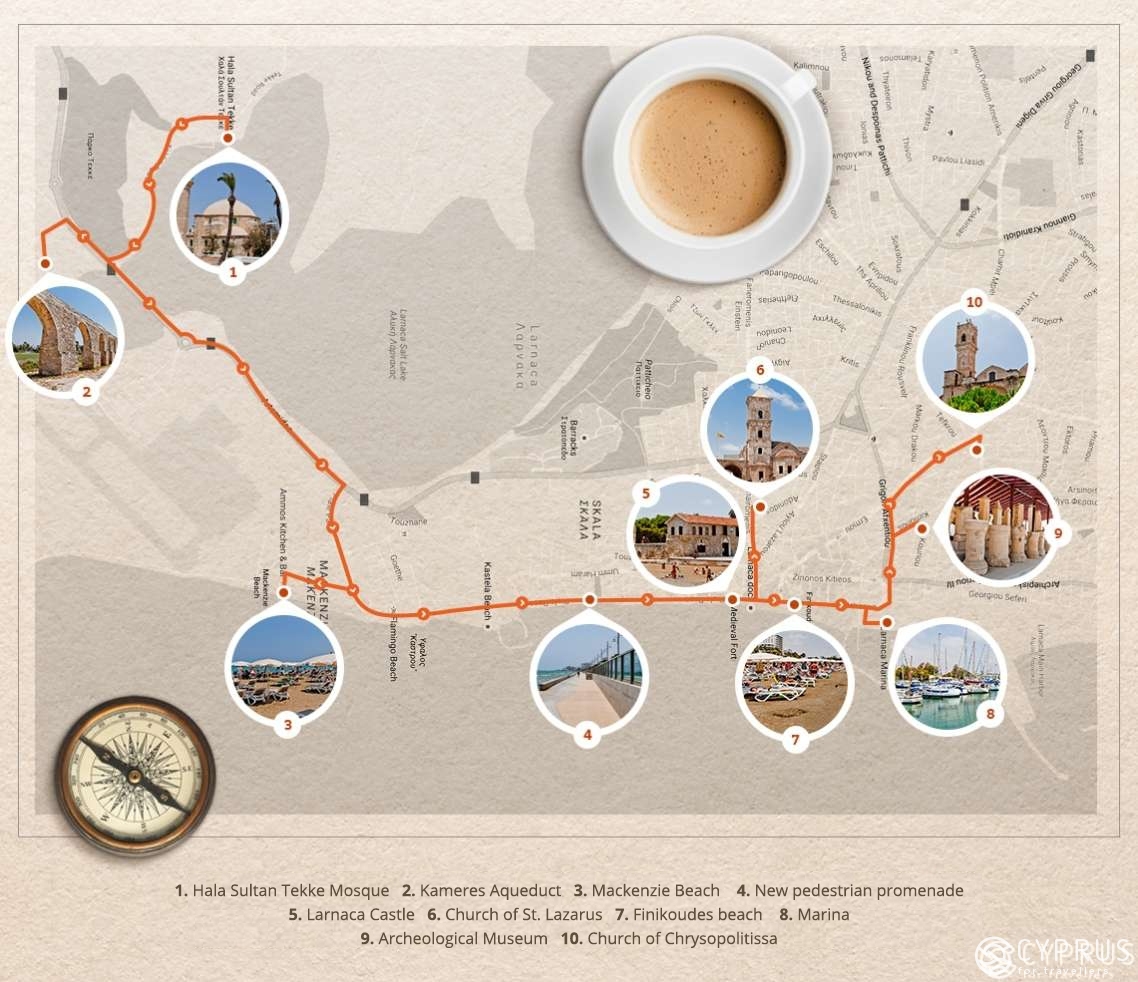
The Archeological Museum and the Kition Archaeological site
The area inside and outside of Larnaca has been the subject of archaeological studies for a long period of time, because it is the site of the ancient city-state of Kition. Different countries and people had assumed control of Kition throughout its ancient history. Its architecture and monuments are a reflection of these phases. The Archeological Museum was only founded in 1969 and is located in the vicinity of the archeological remains of Kition. Because the legislature protecting the country’s antique heritage was far from perfect at the time, most of the historic valuables were somehow removed from the island. This is why the museum has been focused on preserving and researching whatever remains of the material culture that can be found in the area.
The museum boasts a unique collection of objects. You will learn about Larnaca’s ancient settlements and sightseeing attractions such as Kalavasos, Khirokitia, the Hala Sultan Tekke Mosque and others. As soon as you enter the museum you will see a marble-made female figure dressed in a chiton and standing on top of a pedestal. If you walk around the modern building, you will find some of the archaeological finds, such as reliefs, stellas, columns, a Hellenic oil press (2nd century BC) displayed underneath two wooden awnings.
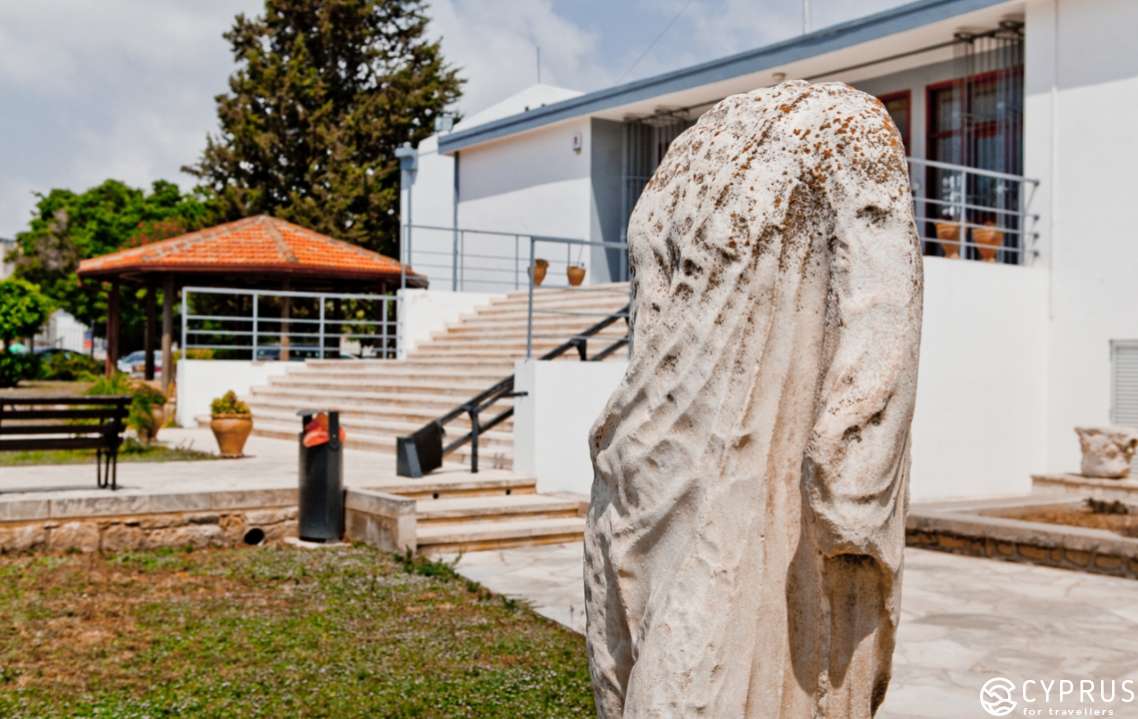
Working hours: Monday – Friday (8:00 – 16:00), Saturday (9:00 – 15:00). Sunday — closed.
Entrance: 2,5 euros
Nearby is the archeological site of the ancient city state of Kition.
Kition — the cradle of Cyprus’s civilization — was founded in the 13th century BC in the northern part of Larnaca. It was discovered by British scientists who were draining swamps in the area (1879). Research work began in 1929 with the arrival of the Swedish Archaeological Mission in 1929. Their work uncovered remains of mycenaean and phoenician churches. We know that ancient Kition was the center of the «copper business». Copper was traded here and iron ore was mined in Tamassos. Remains of ancient factory shops that were used to process and melt copper have been uncovered in the area.
During their rule over the island, the British used Kition rocks to fill the swamps in the area surrounding Larnaca without any concern for their cultural value.
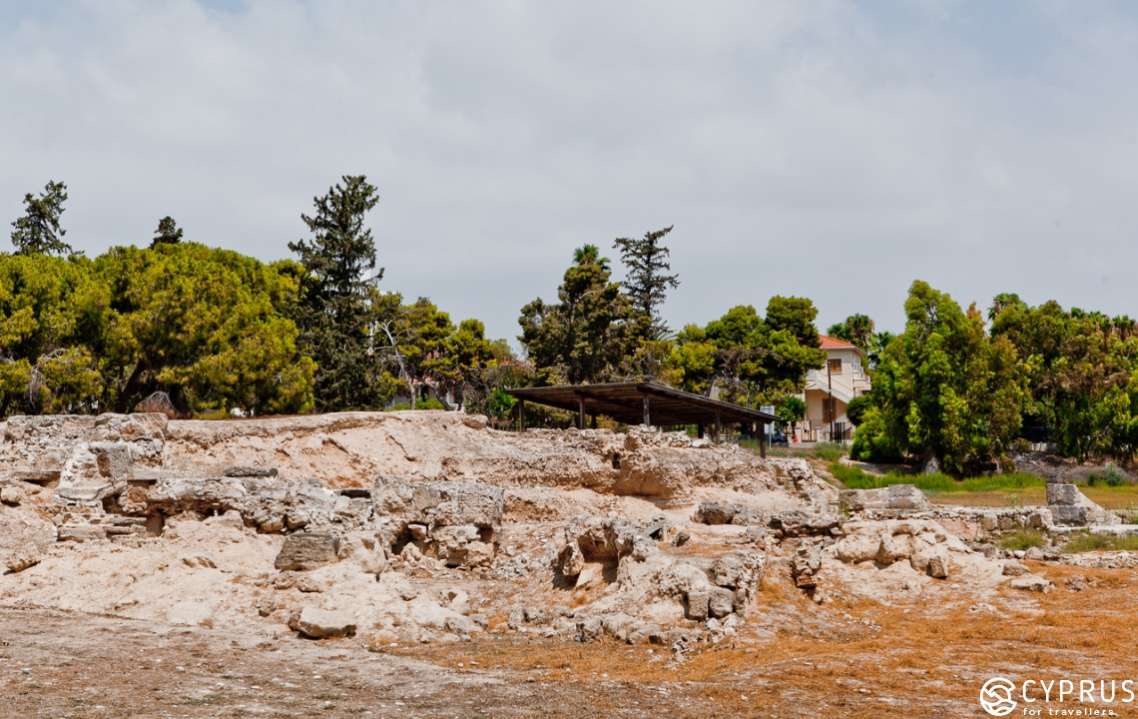
The church of Agia Kyriaki Chrysopolitissa — one of the oldest remaining churches in Larnaca. It was built at the end of the 11th century in place of a Kition necropolis. Its interior is decorated with 16th-17th century icons, while a large carved iconostasis is relatively «new» and dates back to the 19th century.
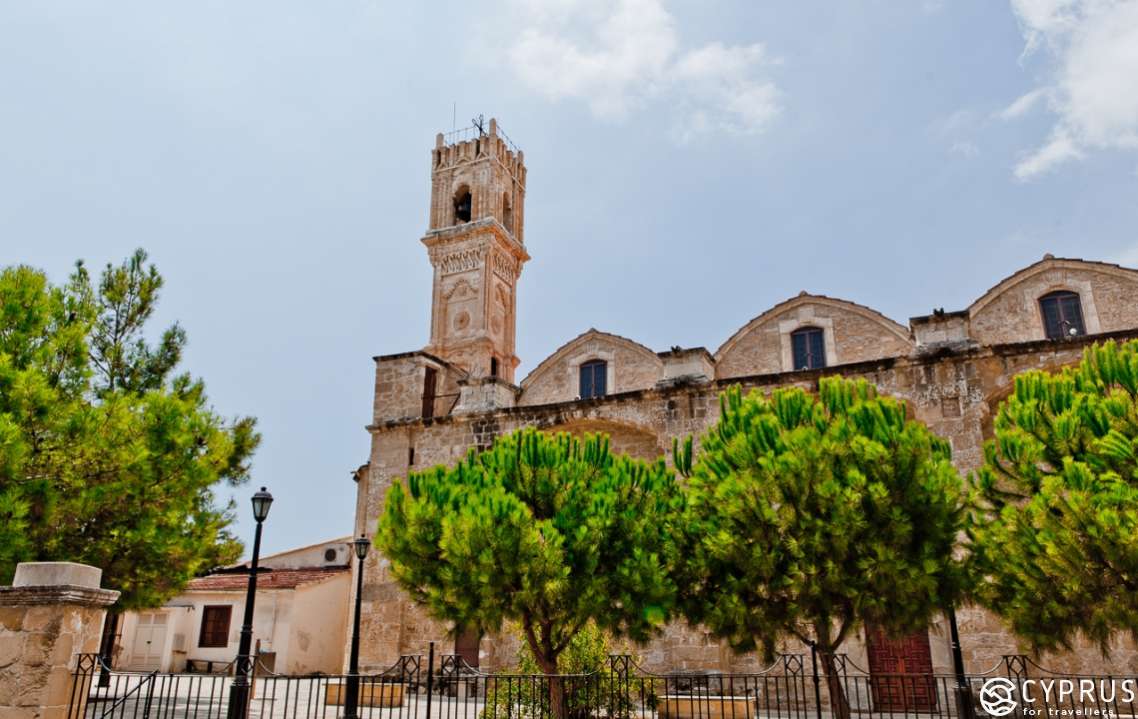
The Larnaca Marina — is a central port with berthing facilities for yachts (up to 450). It is also home to a yacht club. Autumn is the peak season, when hundreds of sailors come back from their Red Sea voyage and stop here to repair and rest their vessels. The port bridge reveals a great view of the buzzing life of the marina and one can stop here to enjoy the myriads of boats and yachts parked in the area. You can also go on your own boat ride, if you accept an offer from any of the numerous sailors offering to take people sailing on the other side of the bridge. Those who like fishing, diving or just new experiences will enjoy this option. The price for a one-hour ride is approximately 12 euros. Longer trips that include lunch breaks and a stop for a swim will cost you around 25-45 euros per person. Sometimes you will able to spot a freshly caught blue shark lying on the wood deck and waiting to be transported to one of the local restaurants — it is an unforgettable sight.
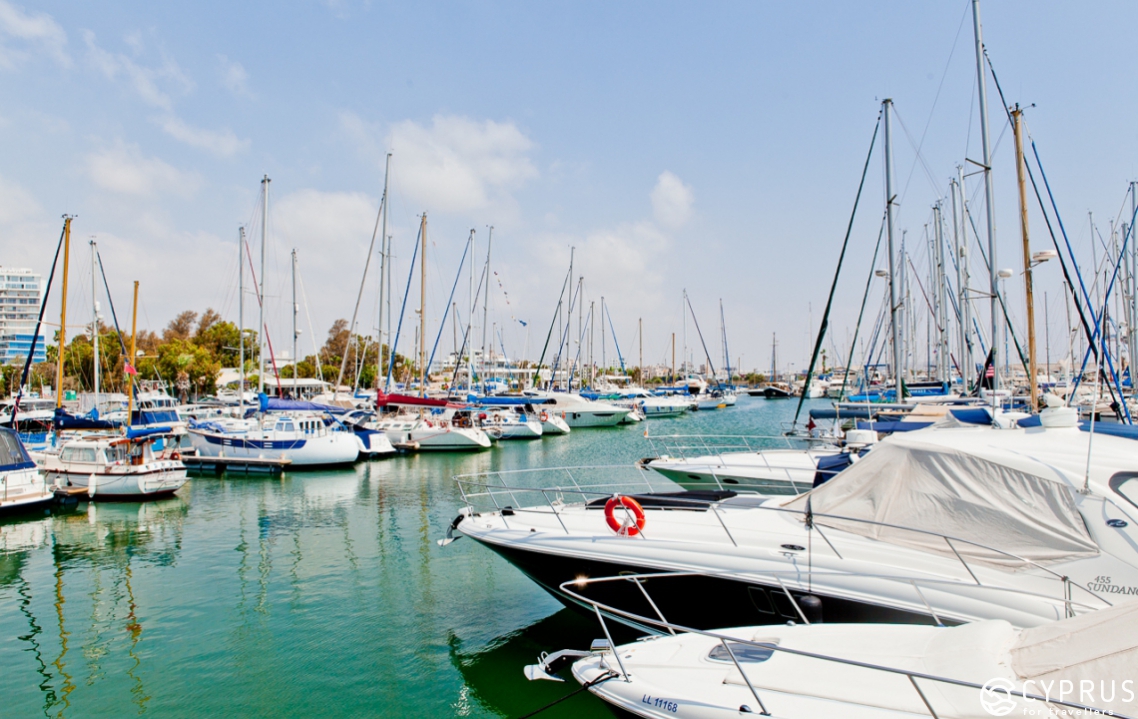
Finikoudes (Palm Tree Promenade) — the central part of the promenade that stretches from the Europe Square to the Castle. It is the hub of tourist life.
Cypriots like to use the Italian word «scala» (meaning «stairs») to refer to Larnaca in general, and its central part in particular. It received its current name in 1922 after the authorities planted the first palm trees along the promenade. Finikoudes is sometimes compared to the promenades in Nice or Cannes, which is understandable given the old, colonial-style buildings and the large, fancy hotels that line this otherwise noisy «palm tree boulevard».

There is a marble sculpture of a Venetian lion next to the Larnaca Castle — a gift from a sister city (October 22nd, 2011). The winged animal has its left paw on a book that displays an inscription in Latin.

The Castle is the final stop on the Finikoudes promenade. It was erected in 1625 by the Ottomans and replaced an older, Lusignan-era castle from the 12th century. Initially the fortress was used for surveillance, but later it was turned into a prison by the British. The only things that remain of the original building are the front entrance and the facade. Today it is home to a historic museum dedicated to the Middle ages. The exhibition includes pottery and various archaeological finds discovered near Larnaca. The courtyard displays antique armaments, some of which bear the logotype of the Krupp company. The Castle is a UNESCO world heritage site (there is a five-pointed shield hanging over the front entrance).

Working hours: April 16 – September 15, Monday-Friday 8:00 – 19:30, Saturday-Sunday 9:00 – 17:00.
Admission: 2.5 euros.
If you stand with your back to the sea, you will see Djami Kebir Mosque right behind the Castle. It is one of the oldest mosques on the island (built in 1835). Interestingly enough, the mosque was originally a 12th century gothic church dedicated to St. Catherine. The mosque is now open to the public during the hours when there is no religious service (visitors must take off their shoes upon entry). The minaret boasts incredible views of the surrounding area.
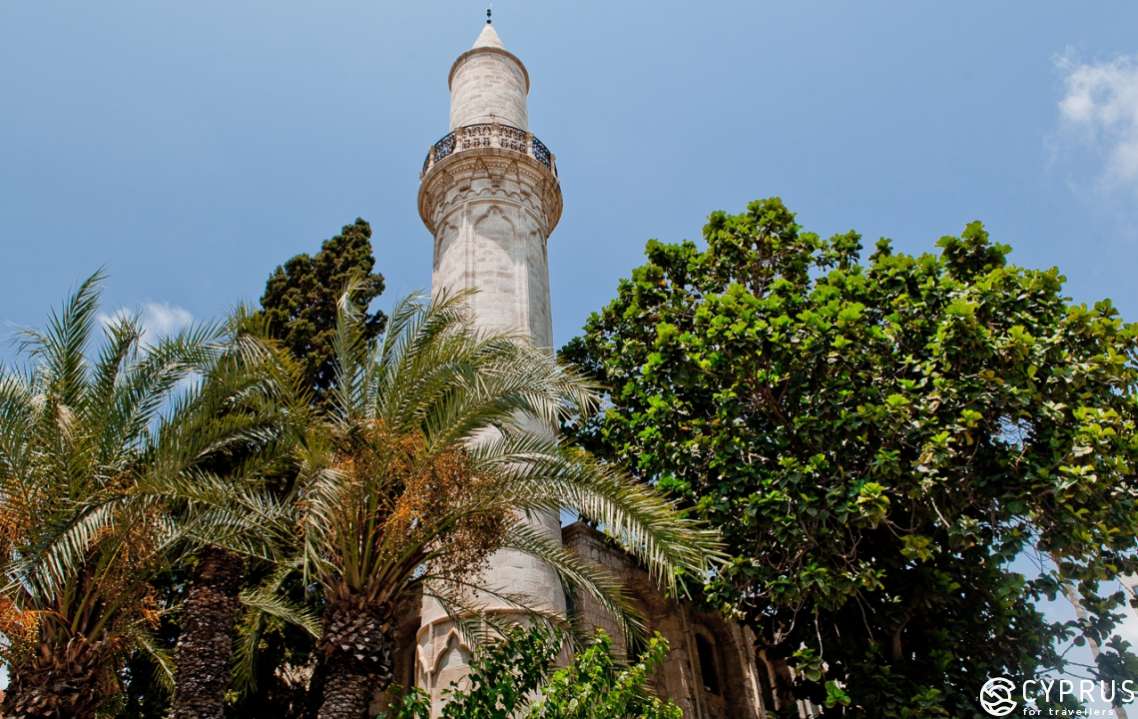
If you turn to Pavlou Valsamaki Street and walk towards St. Lazarus Church, you will pass by numerous souvenir and jewelry shops as well as cafes and taverns. If you take this route, you will eventually end up in the Old Town. The central part of the Old Town is a square that is enclosed by Ayia Lazarou, Faneromenis and Michalaki Paridi streets.
The square is home to the Church of St. Lazarus, which is not only the main church in Larnaca, but also a historic building that has witnessed some of the most important and legendary events in Cyprus.
We will start with a story from the Bible. After being resurrected by Jesus Christ in Bethany, Lazarus escaped persecution and found refuge in Cyprus in the year 33 AD. There he became the first bishop. The church was erected by Leo VI the Wise following Lazarus’s death and was placed near his burial site in 898. In the following years the building went through a series of restorations (the original structure remained intact) until the 17th century when it reached its final appearance: the one that we are familiar with today and the one that features byzantine and gothic elements. The church is home to a unique baroque iconostasis (1773-1782). In 1972 a marble sarcophagus containing remains of what researchers identified as St. Lazarus was found underneath the altar area of the church.
Interestingly enough: all of the seats on the right side of the church are designated for male visitors, while those on the right are meant for women.
Don’t forget: to dress properly when you visit the church. Do not wear beach clothes. Women should wear a long skirt and a head garment. By following these simple rules, you show respect to this place of worship and the other church-goers.
Please note: to the left of the portico there is a kiosk selling religious art, devotional objects, antique bibles and wooden sculptures.

Working hours: every day 8:15 – 12:30 and 15:00 – 17:30; Wednesdays and Saturdays 8:15 – 12:30.
Entrance fee: 1 euro.
There is a cultural center dedicated to St. Lazarus located next to the museum. If you still have the energy, you can walk down Laiki Geitonia and check out its many shops or stop by one of the periperos (kiosks) for a cold beverage. The narrow intertwining streets are home to many hidden historical treasures.
Is it now time for a quick bite? Or maybe you would like to check out the hustle and bustle of beach life? Finikoudes offers many great cafes, restaurants and other eating joints to suit any taste and budget. Prices range from 5-8 euros at coffee shops and cafes to 12-19 euros at restaurants and bars.

When you go back to Finikoudes (or after you’ve had lunch at one of the coffee shops on Laiki Geitonia), you can walk down the promenade and enjoy the sea breeze and the old boat houses that line Piale Pasha Street. It is hard to imagine that in the past winter storm waves would often reach their steps.
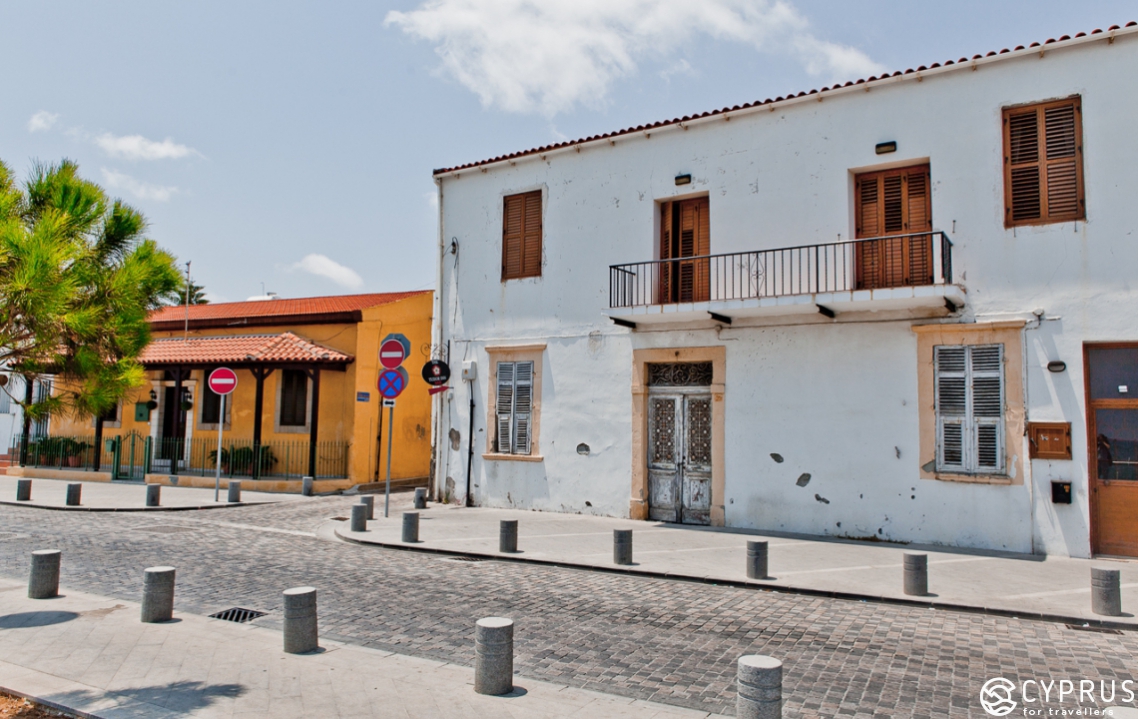
Note that all of the streets surrounding the Djami Kebir Mosque have retained their Middle Eastern names: Lala Moustafa Pasha, Menzil, Isik, etc. This used to be a muslim district and most of its population was comprised of Turkish Cypriots.
If you are an experienced tourist and long distances do not scare you, then you can walk as far as the bay. There is plenty to look at here as well: fishing boats leave this bay carrying whole dynasties of local fishermen to sea. The area was long known for its seafood restaurants. Today it is home to two restaurants: Zefiros and Psarolimano.
We can now clearly hear the sound of approaching airplanes. Mackenzie is straight ahead!
Mackenzie Beach is a popular destination for those looking to get away from city life and relax on the beach. It is a wide strip of sand that stretches from the residential quarters to the old Larnaca airport. It is best to come here in late afternoon or evening. Have you noticed how popular beaches have become in the late hours of the day? Many tourists and even Cypriots have recently switched to evening beach life, opting out of hot summer mornings that Cyprus is known for. Instead, they like to spend their evenings relaxing by the tender Mediterranean sea or going to clubs in the company of their friends. Mackenzie is the perfect destination for those tourists who are not used to the way the day transitions into pitch black after the sun goes down. If you are one of such people, you will definitely enjoy the atmosphere of Mackenzie: the quiet silhouettes of people strolling along the beach, the cool sea breeze, the restaurant lights reflecting in the warm and clear water and the subtle sounds of music — all this set against the backdrop of descending airplanes.
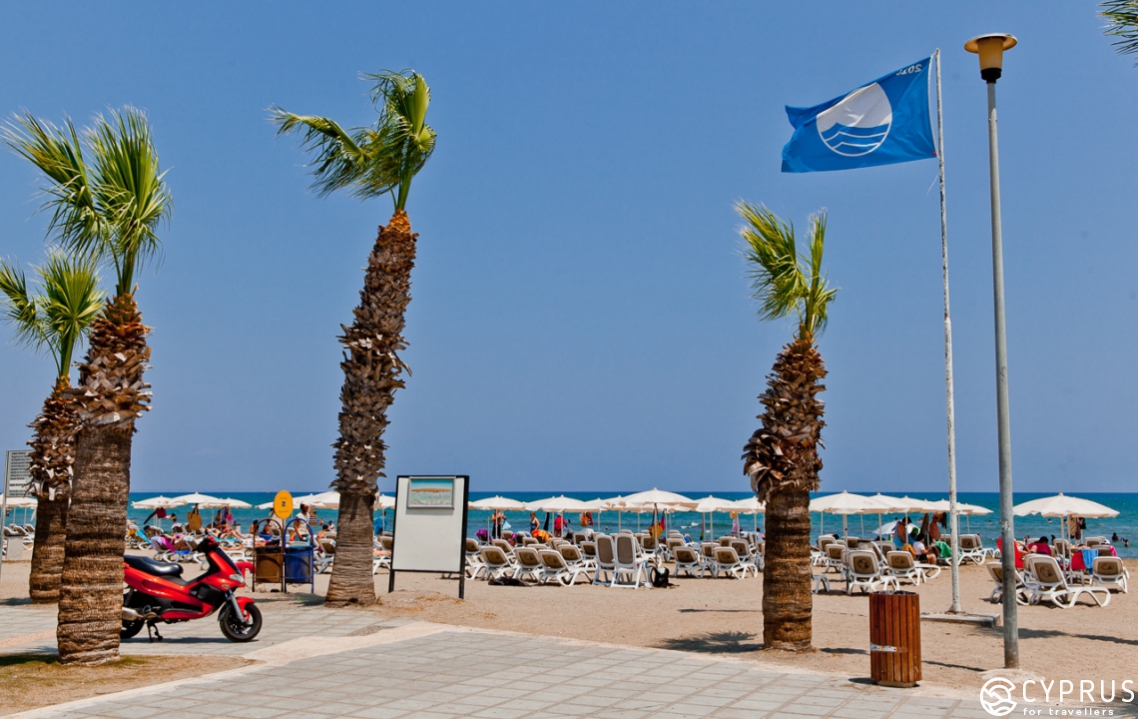
One thing to keep in mind: there is a charge for using the loungers and the umbrellas, regardless of time (even if you are sitting on one in the evening, don’t be surprised when a beach employee approaches you and asks you to pay for it). The price is 2.5 euros.
During the day you can order a drink or even a meal (at a relatively affordable price) at one of the nearby cafes or bars or from one of the many people walking down the beach and selling pastries, ice cream and other snacks.
Remember: there is a universal ban on outside drinks and food in Cyprus. The island is trying to make sure the beaches remain clean. Please be respectful.
Restrooms are free, but there is a charge to use the showers. All of these are located in the center of the beach along with exercise machines and playgrounds (close to the Nero cafe).
The Salt Lake — is another legendary place in southern Larnaca. Today it serves as a respite for rare birds (e.g. pink flamingos) during the season of migration. According to a famous legend, St. Lazarus turned a local vineyard into a lake after its owner tried to deceive him.
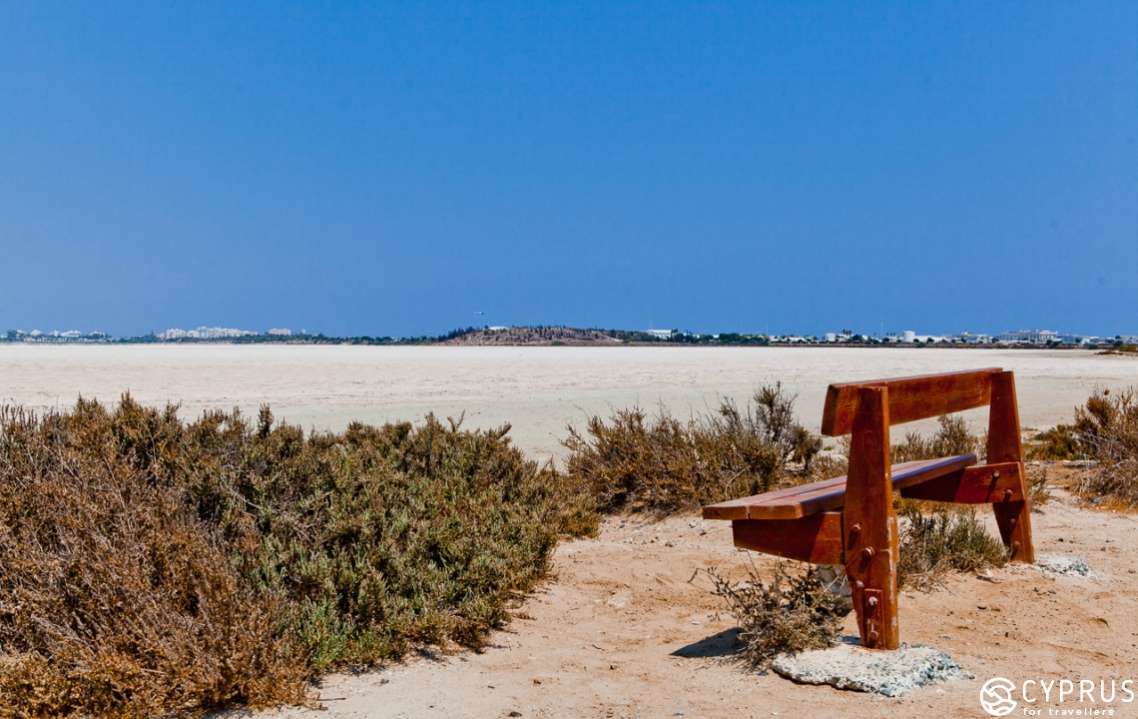
One of the lake’s scenic banks is home to the Hala Sultan Tekke Mosque (the fourth most important mosque in Islam and a site of religious pilgrimage; built in the 18th century). The mosque was built on the burial site of Umm Haram (a noble woman, who, according to a legend, was a relative of Prophet Muhammad, who died after falling off a horse in 647 AD). The architectural complex includes a mausoleum, a minaret and residential quarters for religious pilgrims and mosque employees.
The building was renovated in 2001-2005 with the help of American foundations and the Department of Antiquities as part of the Bi-communal Development Programme.

The mosque is open to the public: every day from June 1st to September 30th, 8:30 – 19:30 and every day from October 1st to May 31st, 7:30 to dusk. Closed on Fridays.
Don’t forget to leave your shoes outside as you enter.
The main entrance is located on the left side, next to the parking lot. There is a path to the lake running from the right side of the mosque. The bushes that grow along this path have been decorated with ribbons — a popular tradition among religious pilgrims. The lush greenery that surrounds this sacred place, the large open space of the lake, its shimmering salt crystals and intricately-shaped coastline — seem like a scene from a Biblical story.
Next to the mosque (on its eastern side) you will come across the remains of an ancient settlement from the Bronze Age, which include Mycenaean ceramics and objects made of ivory.
Please note: the settlement is quite easy to miss because it is hidden inside a building that protects it from bad weather. Just follow the signs, walk straight and turn left.
It is now time for us to leave this place and head back to the city, where we can take Faneromeni street to reach our final destination.
Kameres Aqueduct was built at the order of the Ottoman ruler Bekir Pasha in 1747 and features an ancient system of water supply. The aqueduct used to measure approximately 10 kilometers in length and had 75 arches. If you come closer, you will able to see that the aqueduct was made of limestone and chalkstone. The aqueduct still makes a very strong impression thanks to its size and masterful design. Following its construction, the city was finally supplied with water from Tremithos river. The aqueduct was in use until 1939 when it was replaced by a modern water supply system. The territory around the aqueduct has been upgraded with biking paths and green courts.
If you are traveling by car, do find time to get out and walk around. Thankfully, the area around the aqueduct has a great pedestrian zone. So do enjoy the surrounding views while getting some exercise.
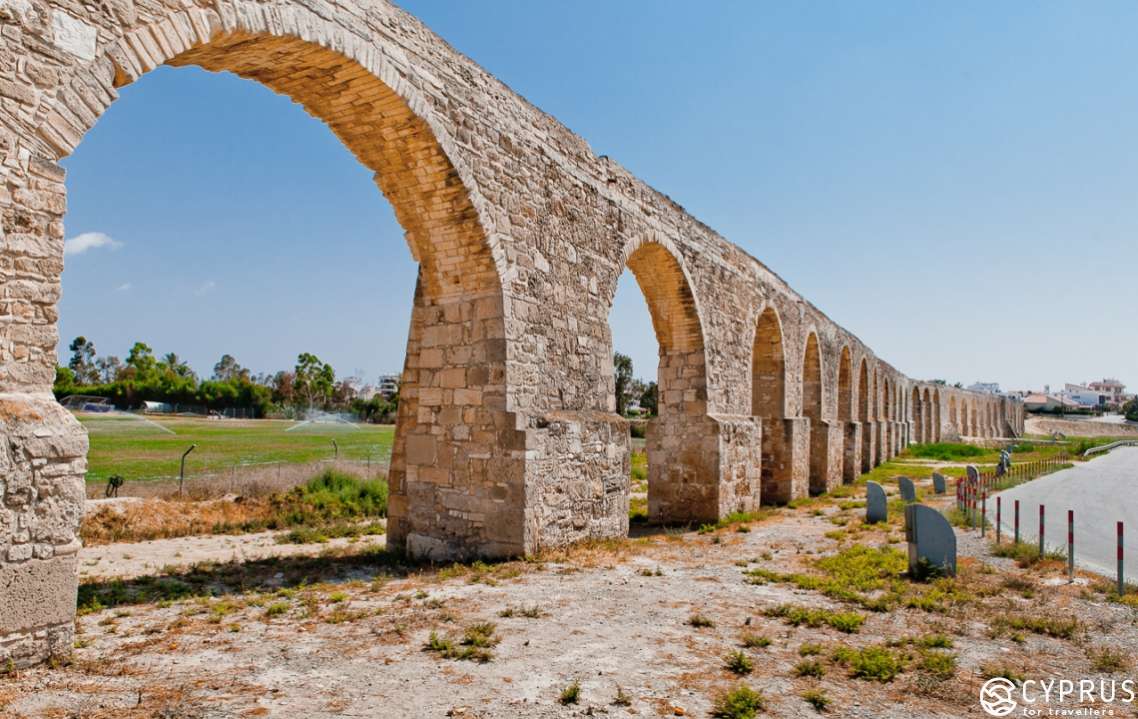
Useful information and advice:
Drinking water and comfortable footwear — are a must wherever you go. Bring your swimming suit and other beach accessories — they too might come in handy. If you plan on following our route in the evening, don’t forget to bring a light jacket: there is a cool breeze blowing from the sea starting in late afternoon. The Old Town is not only a historic neighborhood that is abundant in important cultural monuments, but also a good place to shop for art, icons, crafts and other souvenirs (head to Laiki Getonia for that).
There are a few municipal parking lots in the area (the cost is 2-3 euros).
As far as food goes, bear in mind that Finikoudes offers a variety of restaurants to suit any taste: from McDonalds and KFC to high-end Mediterranean, European and Asian restaurants. Mackenzie, on the other hand, specializes in fusion cuisine and seafood. Prices here are slightly higher than on Finikoudes, but still affordable. Expect to pay 18-25 euros for lunch.
Something to keep in mind: given Mackenzie’s vibrant nightlife, it is quite possible that if you come here in the evening, you will be tempted to stay till late at night.
Enjoy your time and see you soon!



